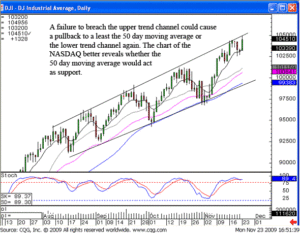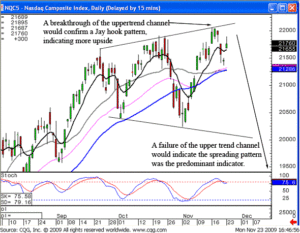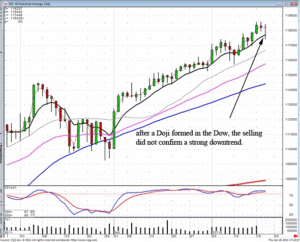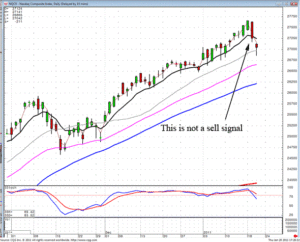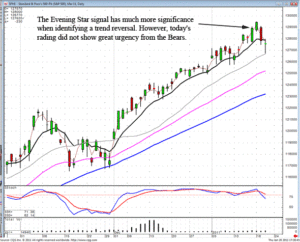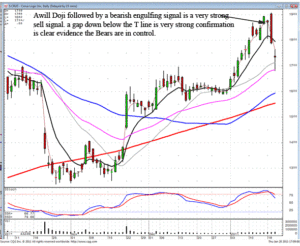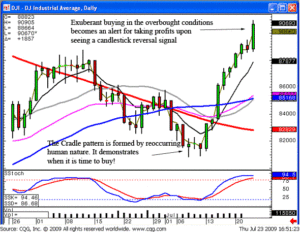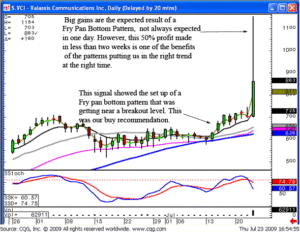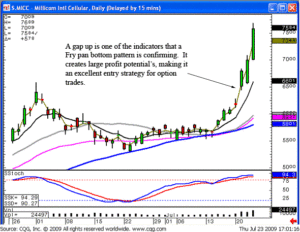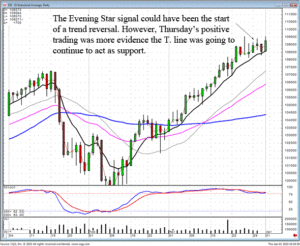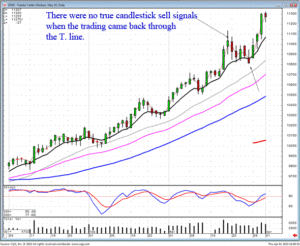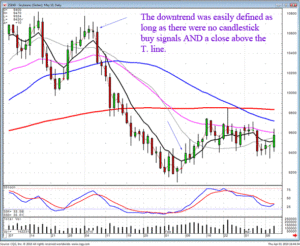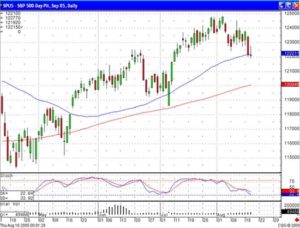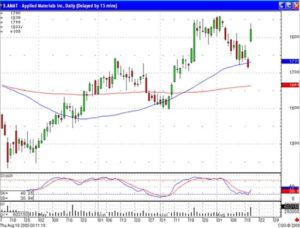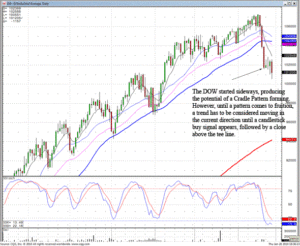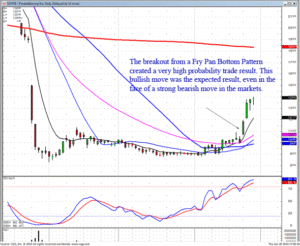Small cap stock investing is, by definition, investing in a company with a capitalization less than $500 million. Research indicates that smaller companies provide a higher rate of return on investment than middle sized and larger companies defined as between $500 million and $2 billion and above $2 billion respectively. However, in small cap stock investing it is important to understand that small cap stocks are more volatile with greater stock market risk and are even more prone to failure. On the other hand large cap stocks were once small cap stocks. Thus you can hit a home run in small cap stock investing if you invest in the next Microsoft, Google, or Cisco when they are starting up.
The risk in small cap stock investing is that the small company will fail and you will lose your money. Despite this fact a basket of small cap stocks will outperform a basket of large cap stocks or mid cap stocks in the stock market over the years. This is because when a small cap stock is very successful its stock price may well multiply by a hundred or more over a few years. A couple of big gainers in small cap stocks will more than make up for a few bankruptcies. A common estimate of how many small cap stocks you need to invest in to average out the risk is 40. A common estimate for large cap stocks is 10. If one takes a basket of 40 small cap stocks, for example, it will outperform a basket of 10 large cap stocks over the years.
Because small caps are more volatile, this comparison may well not work comparing one low cap stock to one high cap stock. The high cap stock is a company that has been around for years and is usually quite stable. However, to be secure while investing in stock, statistically you need ten large caps to average out the risk of disaster in one company whereas you need forty small caps to take advantage of this investment opportunity and balance your risk.
Stock investors expect a higher return for taking a risk. Thus investors will pay less for the presumed value of a small cap stock, deducting for risk. A common estimate of long term gains on small cap stock investing versus investing in large cap stocks is that you will make two percent per year more on your stock investment.
In stock day trading, you are buying shares and selling shares by the day, hour, or minute so your concerns are mostly with technical analysis. In stock investing, especially buy and hold investing, you are interested in long term performance and avoidance of the overhead cost of repeated transactions. In small cap stock investing you want to take advantage of a potentially higher rate of return on a small cap stock or stocks. The stock market risk of dealing with one small cap stock is diminished by buying a basket of up to 40 stocks or by investing in a small cap stock index fund.
It is not the purpose of this article to give stock advice on small cap stocks versus large cap stocks or to recommend long term investing versus day trading. It is to educate you in one aspect of stock market investing. Good luck!
There will not be a Market Direction today.
Good investing,
The Candlestick Forum Team
